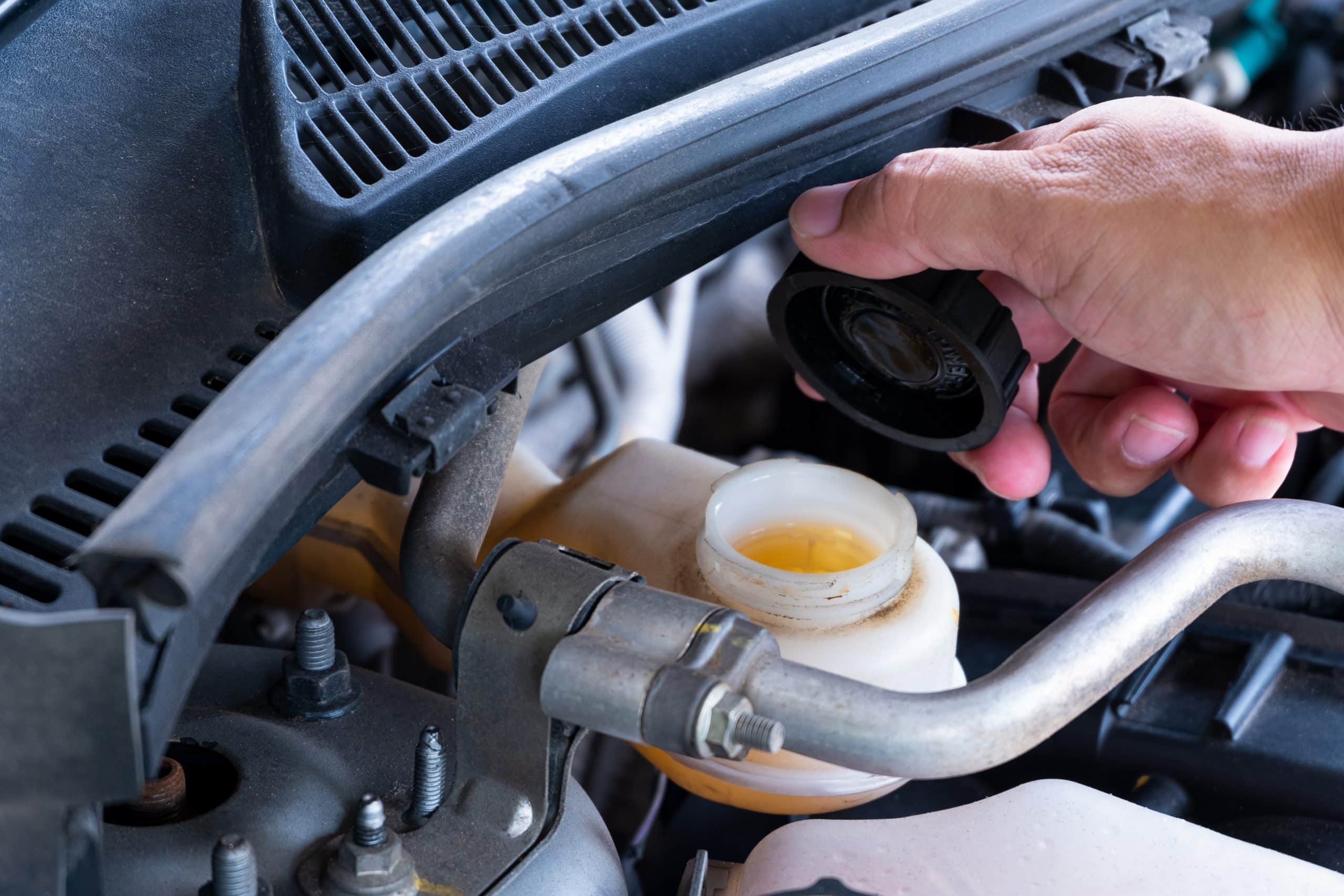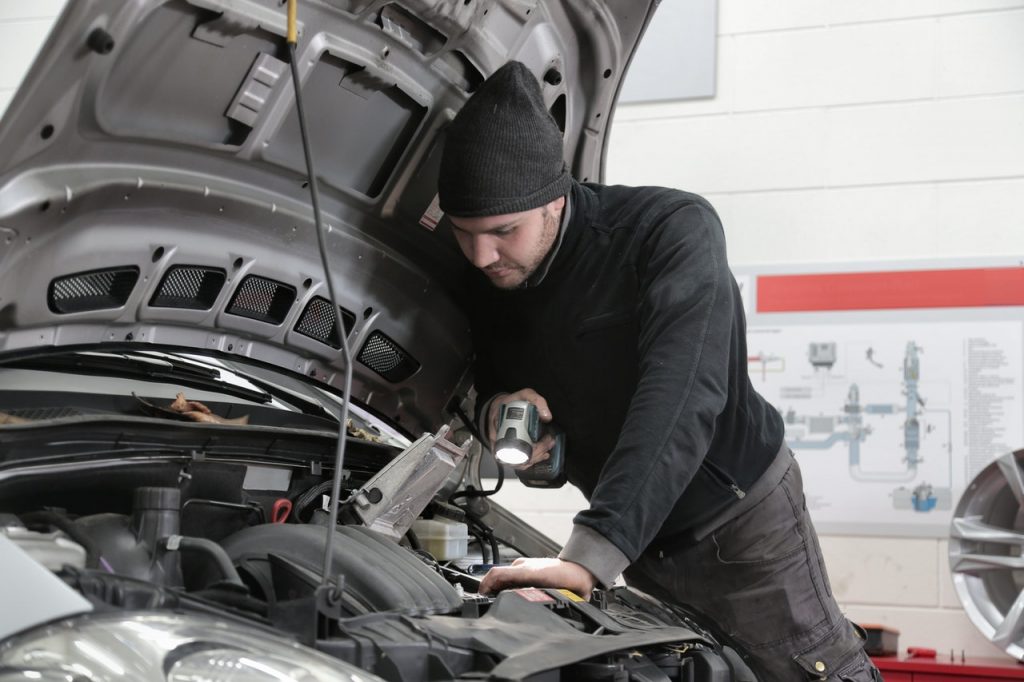
How to change brake fluid by yourself? It is well known that road safety must be our priority and we must not economize on it. From a slightly different perspective: we are able to perform this operation ourselves, so why overpay? Finding the golden mean among these dilemmas requires some knowledge about the replacement
First of all, during normal use the hygroscopic properties of brake fluid manifest themselves. It absorbs water very easily, to which leaky brake cylinders may also contribute. Then the substance may radically change its properties. Why is it so important to replace the brake fluid?
Brake fluid plays a very important role, especially in a situation of sudden braking: the substance has the task of transferring forces from the brake pedal to the brake pads
Problems can occur not only when the brake fluid has not been changed for a long time but also when the brake fluid reservoir is filled with a poor quality substance
A good quality brake fluid should work regardless of the circumstances on the road – even in extreme situations the braking time should be as short as possible. At the same time, the brake system should be protected against corrosion. Its use should extend the service life of the braking system.
The basic question is: when should the brake fluid be replaced? A wide variety of factors will affect its durability and usefulness. As a general rule, however, it is recommended that it be replaced every two years. An alternative measure that indicates the need for intervention can, of course, be the number of kilometers driven. In this case, replacement of the brake fluid is recommended after every 40,000 km.
First of all, it is worth noting that both a good quality brake fluid and its replacement by a mechanic are not large expenses. The purchase of the substance alone amounts to several PLN for 0.5 l. A visit to the mechanic is an additional few dozen PLN invested in your own safety. Before we find out how to replace the brake fluid, it is worth noting that only those who feel capable of doing so should do it themselves. How to go about it?

What substance should be used to fill the brake fluid reservoir in order for the brake system to work perfectly? There are various products available on the market. They are usually classified into three categories:
The most popular option is currently the use of DOT-4. However, individual variants differ e.g. in terms of boiling point. Therefore it is worth finding out first which type of substance will be well adjusted to a given car model. What is very important, different types of the fluid must not be mixed together, because the consequences of creating such a concoction may be lamentable for our safety on the road.
How to change the brake fluid in home conditions? You will need:
After driving on the jack and unscrewing the wheels we have to unscrew the plug and suck out the used fluid, but in such a way that the fluid level does not reach the bottom (then the venting will be longer). After pouring in, the new fluid should be distributed around the reservoir by “pumping” the brake, which can be done by the person who happens to be helping us. During this time, you should also unscrew and screw on the vents at subsequent calipers until clear fluid starts to come out.
Main photo: Kritchai/Adobe Stock